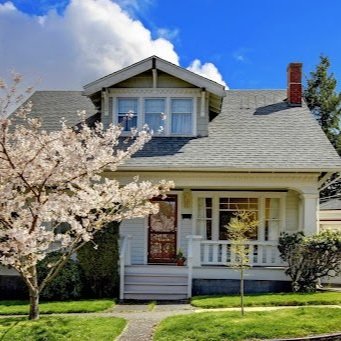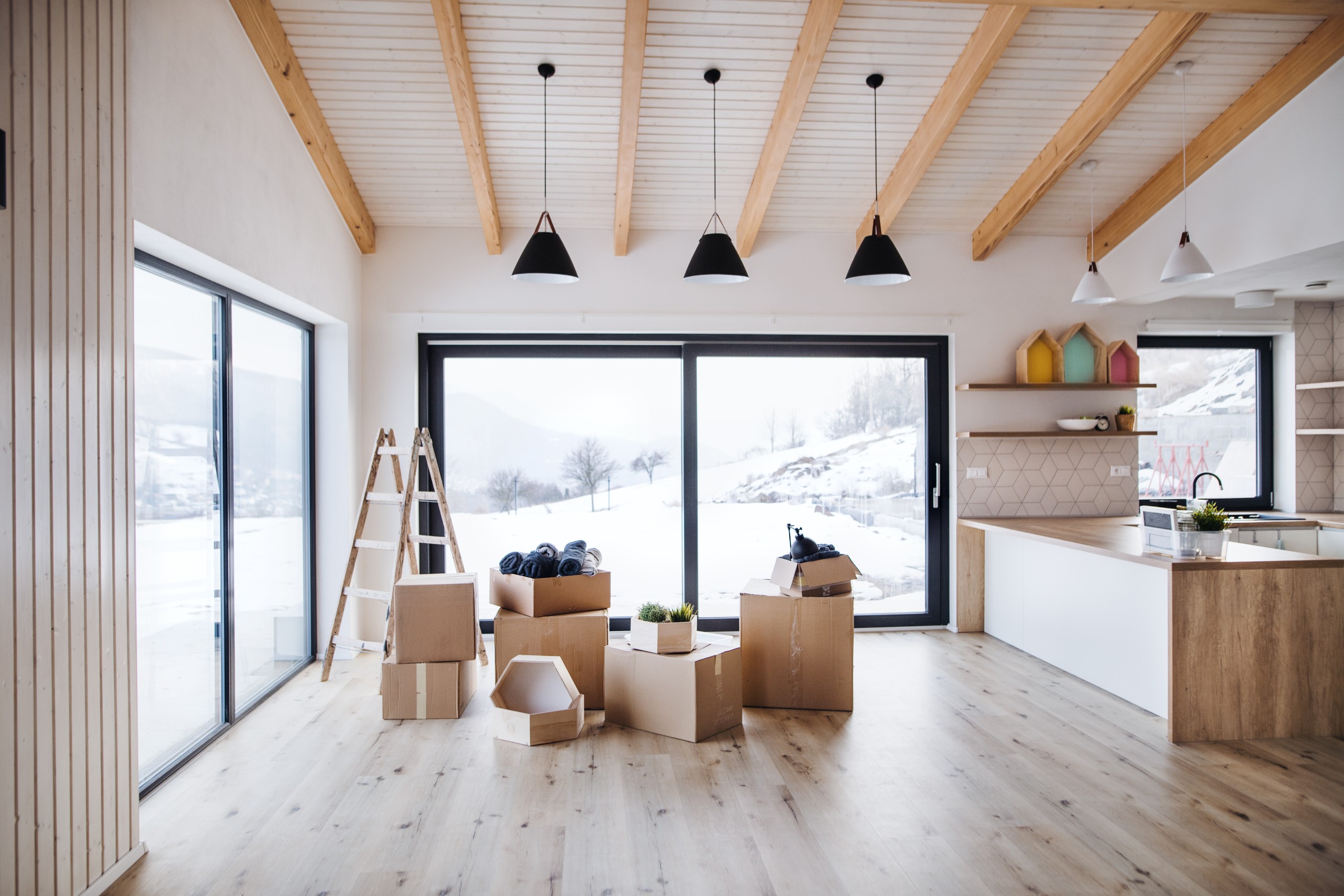
In the aftermath of the pandemic, we’re now seeing a growing trend towards smaller, more affordable homes. This shift is influenced by various factors, including changing economic condition and evolving lifestyle preferences. Here are a few reasons why smaller, more affordable homes are rapidly gaining popularity:
- Affordability: With rising housing costs, many prospective homebuyers are looking for more affordable options. Smaller homes typically come with a lower price tag, making them more accessible to first-time buyers or those on a tighter budget.
- Minimalism and Sustainability: The minimalist movement has gained traction in recent years, with people embracing the idea of living with less and reducing their environmental footprint. Smaller homes align with this ethos, as they require fewer resources to build and maintain.
- Aging Population and Empty Nesters: As the population ages, some homeowners are downsizing to smaller homes that are easier to maintain and navigate. Empty nesters, whose children have moved out, often find that a smaller home better suits their needs and lifestyle.
- Urbanization and Density: In many urban areas, there is a focus on promoting higher density development to accommodate growing populations. Smaller homes, such as townhouses or condos, allow for more efficient use of limited space in urban environments.
Some other hot housing trends from the pandemic era that we’ve seen start to fizzle out are:
- Open Floor Plans: They were all the rage in the years leading up to the pandemic. However, after families spent time isolating in their homes together, more of them are now seeking solitary spaces.
- Home Gyms: Home gyms have remained standard in luxury homes, but they’ve begun falling by the wayside in middle-income homes where space comes at a premium and expensive stationary bikes are now collecting dust. Many folks have preferred to return to gyms and group fitness classes where they don’t have to work out alone.
Some housing trends from the pandemic are here to stay, however, like:
- Home Office: Many people are still working remotely, either part- or full-time. That means home offices aren’t going anywhere, but they might be adapting to smaller home footprints. Some builders and contractors are creating “pocket offices.” These are generally smaller rooms placed wherever they can fit, often on the main floor.
- Biophilic Design—spaces which merge indoor and outdoor living—took off as folks didn’t want to feel caged inside their homes. The trend has stuck and is growing in popularity, say designers.
- Outdoor Living: Renters are seeking out outdoor spaces, like a backyard or terrace, and homeowners are transforming their backyards into so much more. Yards have become additional living space, a place to entertain friends and family, or simply to relax and retreat from the rest of the world.
- Spa-like Bathrooms: Fancy primary bathrooms, the kind typically found in a spa or upscale hotel, became all the rage over the past few years. Homeowners were seeking calming areas in their abodes, and bathrooms were one of the places where they could create a place to ‘get away from it all.’
In the ever-changing world of housing trends, it’s important to have a real estate team that’s up-to-speed with current buyer demands and market conditions, like The Jule Team! Please reach out if you are thinking of buying or selling real estate in the Greater Nashville area. We’d love to help you navigate the process with confidence and success!

